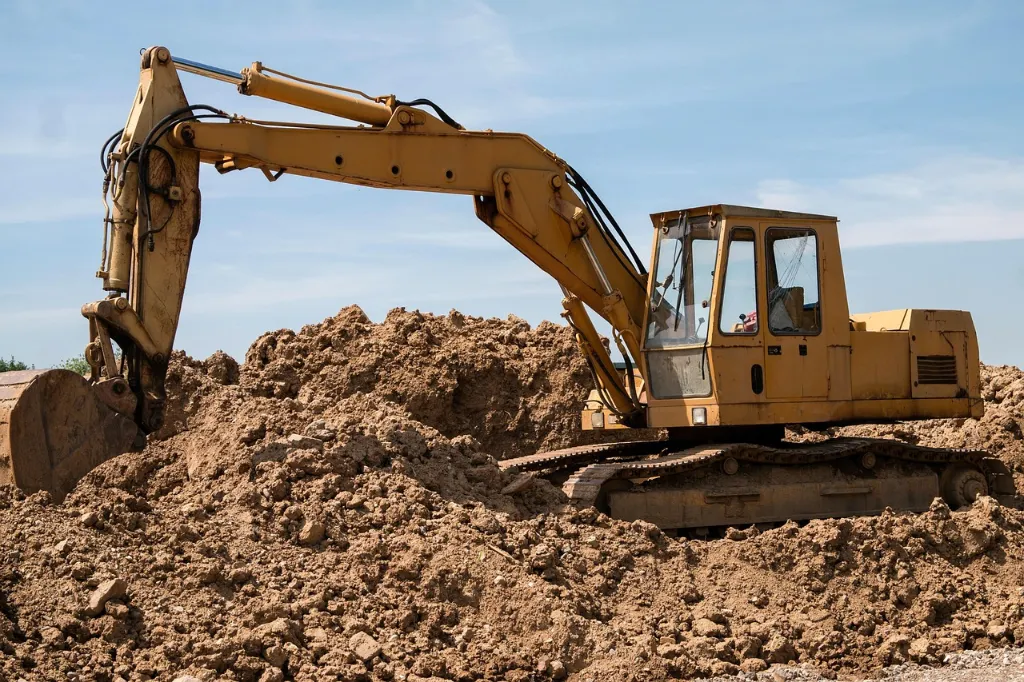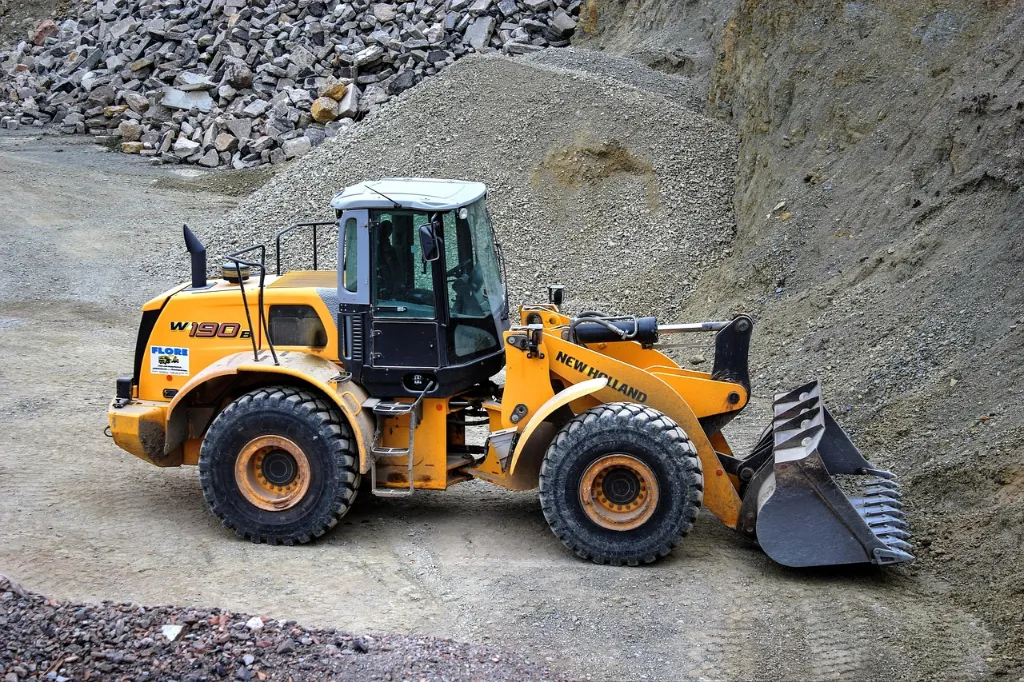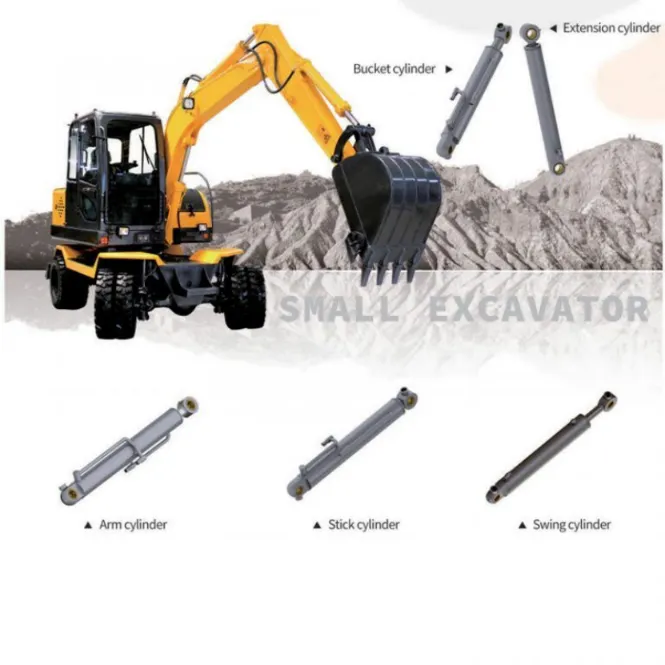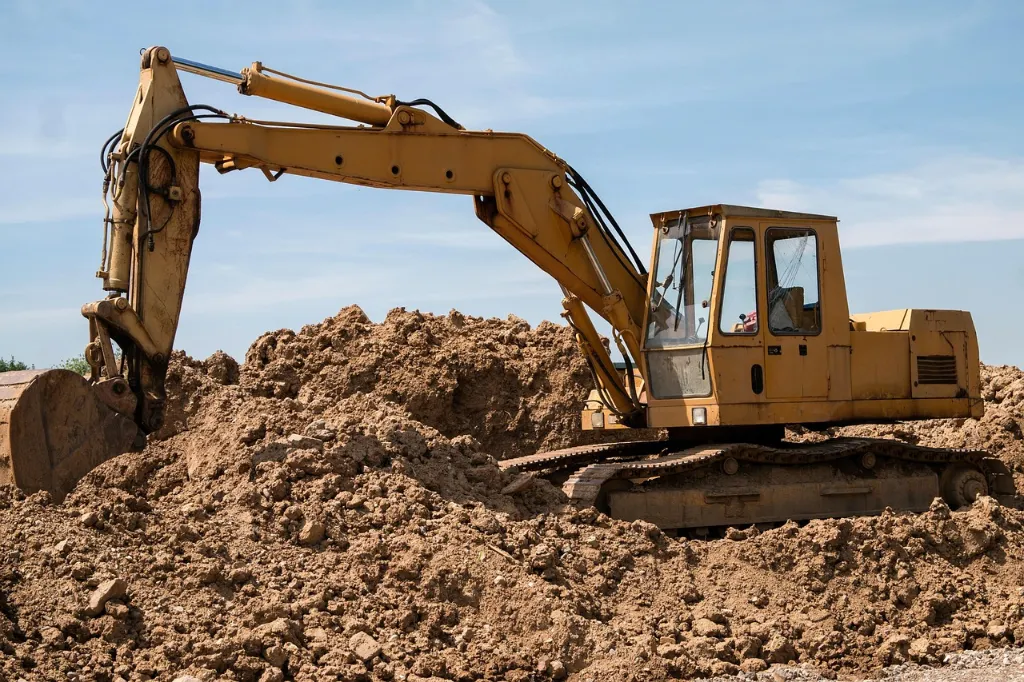
Introduction
Overview of Hydraulic Cylinders in Excavators
Hydraulic cylinders power the muscles of excavators. These machines dig, lift, and swing with precision thanks to cylinders that convert fluid pressure into mechanical force. In excavators, they handle boom, arm, and bucket movements. Shining Hydraulic, a top manufacturer, builds these for tough jobsites.
Why Cylinder Performance is Critical for Excavator Efficiency
Poor cylinders mean downtime and wasted fuel. Strong ones boost productivity. They ensure smooth operation under heavy loads, cutting repair costs.
Fundamental Components of Excavator Hydraulic Cylinders
Cylinder Tube, Piston, Rod, and Seals
The tube forms the main body, a strong barrel holding hydraulic fluid. Piston slides inside, pushing or pulling the rod. Rod extends out to connect to excavator parts. Seals keep fluid in and dirt out. Without them, everything fails fast.
How Each Component Affects Performance
Tube strength handles high pressure. A weak one buckles. Piston size dictates force. Rod diameter fights bending. Seals prevent leaks that drop efficiency. In real digs, a bent rod once halted a whole crew for days. Components must match the excavator‘s demands.
Types of Hydraulic Cylinders Used in Excavators
Tie rod cylinders suit lighter tasks. Welded ones dominate heavy excavators for their toughness. Telescopic versions extend reach in some models. Single acting push one way; double acting work both directions.
Key Performance Metrics
Cylinder Bore Size and Rod Diameter: Impact on Force Output
Bore size sets the force. Bigger bore means more area for pressure to act on. Force equals pressure times bore area. Rod diameter affects retraction force and stability. A 100mm bore at 300 bar pushes about 2.3 tons. Match them wrong, and the cylinder strains.
Stroke Length and Its Role in Excavator Reach
Stroke is how far the rod travels. Longer strokes extend boom reach. A 1 meter stroke digs deeper without repositioning. But too long adds weight, slowing the machine. Balance it with excavator size. Short strokes work for precise bucket control.
Operating Pressure and Flow Rate: Ensuring Optimal Performance
Pressure up to 350 bar drives power. Flow rate, in liters per minute, sets speed. High flow quickens cycles but needs strong pumps. Mismatch causes sluggish response. Optimal setup keeps heat down and efficiency up.
Load Capacity: Handling Heavy Excavation Tasks
This metric shows max weight before failure. It ties to bore, rod, and materials. Excavators face dynamic loads from swinging dirt. A good cylinder handles 1.5 times rated load safely. Test it in real soil, not just specs.
Response Time and Precision Control
Quick response means fast valve shifts. Precision avoids over digging. Sensors help here. Slow cylinders waste time on site. In clay heavy ground, precision cuts rework.
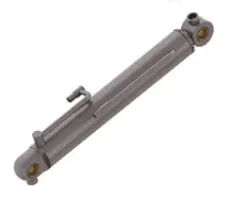
Design Considerations for High Performance
Material Selection for Durability and Strength
High tensile steel for tubes resists cracks. Chrome plated rods fight wear. Aluminum lightens some parts but steel rules for excavators. Pick alloys with yield strength over 500 MPa.
Surface Treatment and Anti Corrosion Techniques
Hard chrome plating on rods lasts longer. Phosphating stops rust inside. In salty coastal jobs, extra coatings matter. Neglect this, and corrosion eats seals early.
Advanced Sealing Systems to Prevent Leakage
Advanced sealing systems, such as Hallite or NOK, can handle high pressure. Wiper seals block grit. Polyurethane beats rubber for flex.
Reinforced Mounting and Structural Support
Eye or clevis mounts take side loads. Gussets reinforce weak spots. Poor mounting bends rods. Design for vibration too; excavators shake hard.
Common Challenges and Solutions
Wear and Tear Under High Load Conditions
Constant pressure grinds surfaces. Solution: regular lubing and tough materials. Rotate cylinders during overhauls to even wear.
Rod Bending and Misalignment Issues
Side loads from uneven digs bend rods. Align properly during install. Use thicker rods for big machines. Straightening saves money over replacement.
Seal Degradation and Leakage Prevention
Heat and dirt kill seals. Swap them every 2,000 hours. Cleaner fluid helps. Leaks drop pressure fast, so check fittings too.
Thermal Effects on Cylinder Performance
Hot fluid thins out, losing power. Coolers or better oil fix this. In summer digs, temps hit 80C inside. Monitor and vent heat.
Maintenance and Optimization
Regular Inspection Tips for Excavator Cylinders
Check rods for scratches daily. Listen for unusual noises. Measure stroke for binding. Visuals catch 80% of issues early.
Preventive Maintenance Practices
Grease pins weekly. Flush systems yearly. Track hours with logs. This extends life to 10,000+ hours.
Choosing the Right Hydraulic Fluid for Longevity
Use ISO VG 46 anti wear oil. Match viscosity to temps. Dirty fluid ruins everything. Filter it to 10 microns.
Upgrading Cylinders for Enhanced Performance
Swap to larger bores for more force. Shining Hydraulic upgrades boost output 20% without pump changes. Weigh cost vs. gains.
Innovations and Trends
Smart Hydraulic Cylinders for Real Time Monitoring
Sensors track pressure and temp. IoT links to apps for alerts. Predict failures before they hit. Cuts downtime big time.
Energy Efficient Cylinder Designs
Regenerative valves recapture energy. Lighter materials save fuel. Efficiency jumps 15% in tests.
Expert’s Solutions for Excavators
Shining Hydraulic crafts custom cylinders with smart tech. Their welded designs handle extreme loads. Proven in global projects, they focus on zero leak seals and quick response.
Conclusion
Summary of Key Performance Metrics
Bore, stroke, pressure, and load define power. Response adds control. Nail these for top efficiency.
How Proper Cylinder Selection Improves Excavator Efficiency
Right pick matches machine needs. It speeds cycles, cuts fuel, and lasts longer. Bad ones drag everything down.
Final Thoughts on Maximizing Excavator Performance
Invest in quality. Maintain rigorously. Trends like smart monitoring push limits. Shining Hydraulic leads here.
FAQ
Q1: What is the typical bore size for excavator cylinders?
Around 80-200mm, depending on machine tonnage. Bigger for heavy lifts.
Q2: How often should excavator cylinders be inspected?
Daily visuals, full checks every 500 hours.
Q3: Can hydraulic cylinders be repaired or must they be replaced?
Repairs like resealing work if no major damage. Bends often need new ones.
Q4: What causes hydraulic cylinder leaks?
Worn seals, cracked tubes, or loose fittings. Fix with quality parts.
Q5: How does Shining Hydraulic differ from others?
They specialize in durable, custom excavator cylinders with advanced seals for less downtime.

